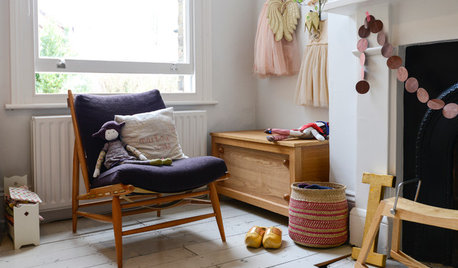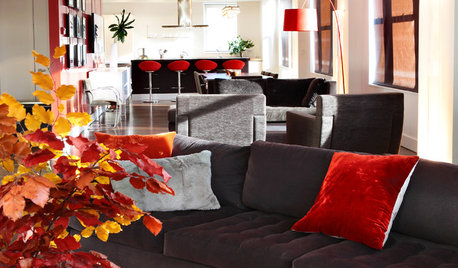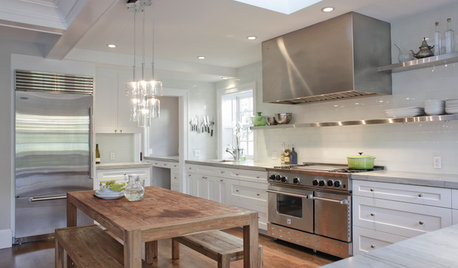House feels cold when heat is on 77 degrees
southarn_com4ort
11 years ago
Featured Answer
Sort by:Oldest
Comments (21)
kalining
11 years agosoutharn_com4ort
11 years agoRelated Professionals
Carson Solar Energy Systems · Mesquite Solar Energy Systems · Brookline Home Automation & Home Media · Fort Bragg Home Automation & Home Media · Los Angeles Home Automation & Home Media · Miami Springs Home Automation & Home Media · New York City Home Automation & Home Media · Plant City Home Automation & Home Media · Springville Home Automation & Home Media · Tacoma Home Automation & Home Media · Robbinsdale Home Automation & Home Media · Lancaster Fireplaces · Ogden Fireplaces · Palo Alto Fireplaces · Atascocita Fireplacesmike_home
11 years agosoutharn_com4ort
11 years agohamconsulting
11 years agomike_home
11 years agoweedmeister
11 years agodavid_cary
11 years agomike_home
11 years agoElmer J Fudd
11 years agosoutharn_com4ort
11 years agobrickeyee
11 years agosoutharn_com4ort
11 years agodavid_cary
11 years agobrickeyee
11 years agoElmer J Fudd
11 years agosoutharn_com4ort
11 years agoenergy_rater_la
11 years agosoutharn_com4ort
11 years agoTipsrfine
11 years ago
Related Stories

FEEL-GOOD HOMESimple Pleasures: Get Cozy on a Cold Day
Some things are best when the weather is bad. Heat up some cocoa and join the discussion
Full Story
FLOORSWhat to Ask When Considering Heated Floors
These questions can help you decide if radiant floor heating is right for you — and what your options are
Full Story
DECORATING GUIDESDecorating for Fall When It Still Feels Like Summer
Even if sandals and shorts are your year-round attire, you can still subtly dress your home for autumn
Full Story
KITCHEN DESIGNCooking With Color: When to Use White in the Kitchen
Make sure your snowy walls, cabinets and counters don't feel cold while you're riding white's popularity peak
Full Story
HOUSEKEEPINGLower Your Heating Bills With Some Simple Weather Stripping
Plug the holes in your house this winter to make sure cold air stays where it belongs: outside
Full Story
BATHROOM DESIGNWarm Up Your Bathroom With Heated Floors
If your bathroom floor is leaving you cold, try warming up to an electric heating system
Full Story
GARDENING GUIDES10 Cold-Hardy Succulents for Cool-Season Interest
These attractive plants shrug off colder temperatures, and many can be brought inside in containers in extra-chilly climates
Full Story
GREEN BUILDINGHouzz Tour: Passive House in Vermont Slashes Heating Bills
Its ecofriendly, low-maintenance design leaves a family with more time to relax and enjoy the weekend home
Full Story
LIFEHouzz Call: How Are You Handling the Record-Breaking Cold?
Share your tales, strategies and photos for everything polar vortex
Full Story
ARCHITECTURE15 Smart Design Choices for Cold Climates
Keep your home safe and comfortable in winter by choosing the right home features and systems
Full StoryMore Discussions







Elmer J Fudd